The James Webb Space Telescope (JWST), humanity’s most powerful eye on the cosmos, has once again shaken the foundations of astrophysics. Recent observations suggest that the universe might be significantly older—or younger—than previously estimated, forcing scientists to reconsider decades of established cosmological models. The implications are profound, potentially rewriting our understanding of cosmic evolution, dark matter, and even the fundamental laws governing space and time.
A Cosmic Conundrum Emerges
For nearly a century, the age of the universe has been pinned at approximately 13.8 billion years, a figure derived from meticulous measurements of the cosmic microwave background (CMB) by missions like Planck and WMAP. This calculation rests on the Lambda-Cold Dark Matter (ΛCDM) model, the prevailing theory of cosmology. Yet, JWST’s unprecedented infrared capabilities have unveiled distant galaxies that appear too mature, too massive, and too structured to exist within the timeline ΛCDM permits. These galaxies, observed as they were just 300-400 million years after the Big Bang, challenge the very sequence of cosmic dawn.
Astrophysicists are now grappling with two unsettling possibilities: either the universe is older than we thought, allowing more time for these galaxies to form, or our models of early galaxy formation are catastrophically incomplete. Some researchers speculate that dark energy—the mysterious force accelerating cosmic expansion—may have behaved differently in the early universe, skewing age estimates. Others propose exotic physics, such as faster-than-light inflation periods or alternative dark matter properties.
Redshifts and Revolutions
JWST’s discoveries hinge on its ability to peer deeper into redshifted light than any predecessor. Redshift, the stretching of light waves as the universe expands, serves as a cosmic yardstick: higher redshifts indicate older, more distant objects. Earlier telescopes like Hubble spotted galaxies at redshifts of z≈11, but JWST has shattered records with detections beyond z≈14—pushing the frontier of observable time. The shock comes from the sheer sophistication of these primordial galaxies. Their stellar populations, metallicity, and rotational dynamics suggest they’ve undergone billions of years of evolution, yet the ΛCDM model grants them only a few hundred million.
Critics argue that observational biases or rare cosmic anomalies could explain the data. However, the consistency of JWST’s findings across multiple deep-field surveys lends credence to a systemic discrepancy. If confirmed, the ramifications extend beyond cosmology. For instance, stellar astrophysics would need to account for faster star formation rates, while particle physics might revisit dark matter interactions. Even the Hubble constant, which measures the universe’s expansion rate and is already mired in a "crisis" due to conflicting measurements, could face further scrutiny.
Rewriting Textbooks?
The scientific community remains divided. Traditionalists advocate for minor adjustments to ΛCDM, such as tweaking star formation efficiencies or initial density fluctuations. Reformists, however, see this as cosmology’s "Copernican moment"—a paradigm shift demanding radical new theories. Among the proposals are cyclic universe models, where the Big Bang was preceded by a prior contraction phase, or variable dark energy models that alter the cosmic clock.
What’s undeniable is JWST’s role as a disruptor. Lauded as the successor to Hubble, it was designed to probe the unexplored epochs of reionization and the first stars. Instead, it may have inadvertently exposed gaps in our cosmic chronology. As data pours in, teams worldwide are racing to reconcile observations with theory. The next decade promises either a triumphant refinement of ΛCDM or a revolution akin to Einstein’s overthrow of Newtonian physics.
For now, the universe’s age remains an open question—one that JWST has magnified with breathtaking clarity. Whether the answer lies in recalibrated calculations or entirely new physics, humanity stands on the precipice of a deeper, if unsettling, cosmic understanding.
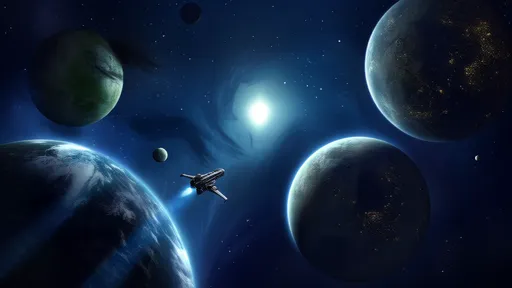
By /Jun 7, 2025
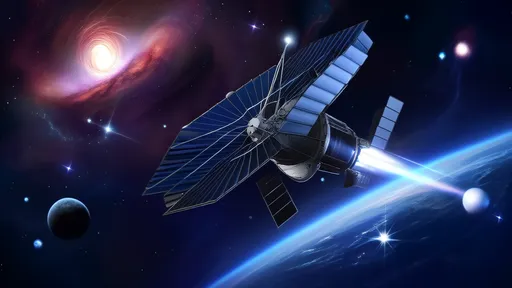
By /Jun 7, 2025

By /Jun 7, 2025
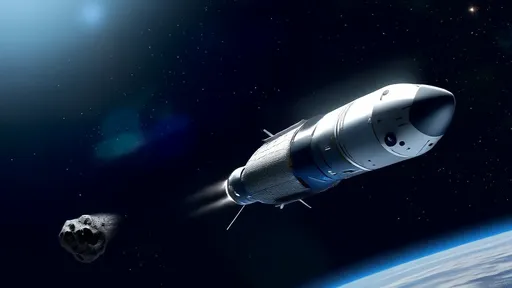
By /Jun 7, 2025
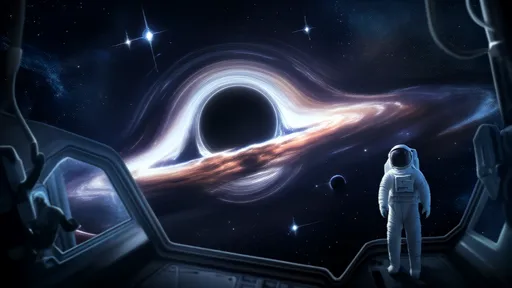
By /Jun 7, 2025
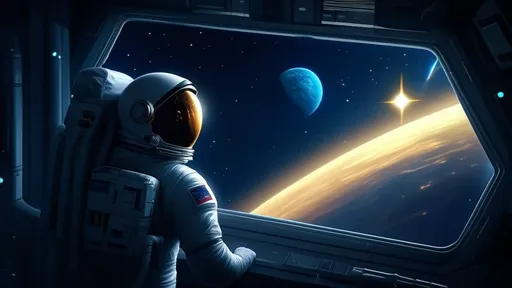
By /Jun 7, 2025
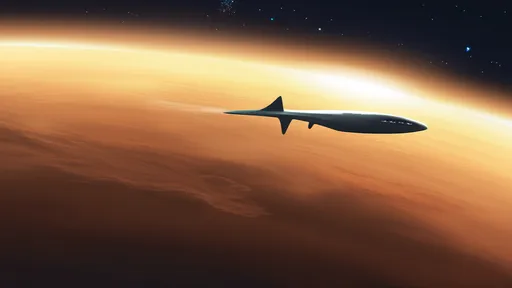
By /Jun 7, 2025
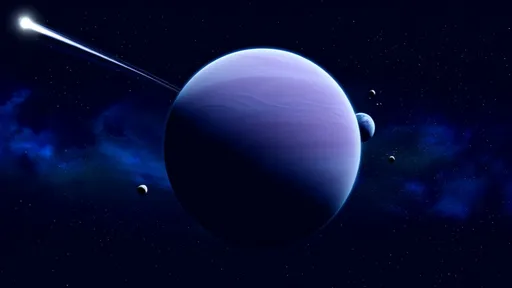
By /Jun 7, 2025

By /Jun 7, 2025
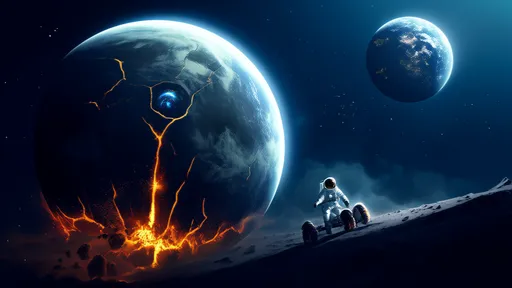
By /Jun 7, 2025

By /Jun 7, 2025

By /Jun 7, 2025

By /Jun 7, 2025

By /Jun 7, 2025

By /Jun 7, 2025

By /Jun 7, 2025

By /Jun 7, 2025

By /Jun 7, 2025

By /Jun 7, 2025

By /Jun 7, 2025